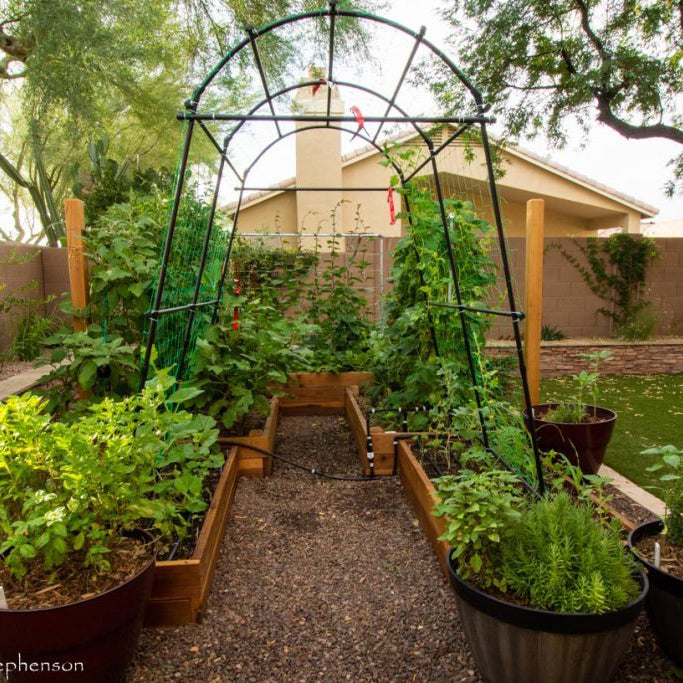
Available 24/7
Available 24/7

Daffodils are lovely blooms. Daffodils, also known as Narcissus, are hardy flowering plants. The six flower leaves on a daffodil bulb are sepals on the outside and actual petals on the inside. Daffodils are most usually seen in yellow. These are also available in white or a yellow-white blend.
Daffodils brighten up the spring garden with their bright yellow, white, pink, and salmon blossoms.. Flowers can be solitary or double, grow alone or in clusters on a stalk, and range in height from 6 to 20 inches.
The daffodil bloom has a lovely aroma, which is one of the reasons for its popularity. Daffodils are excellent flowering plants for balconies and container gardening.
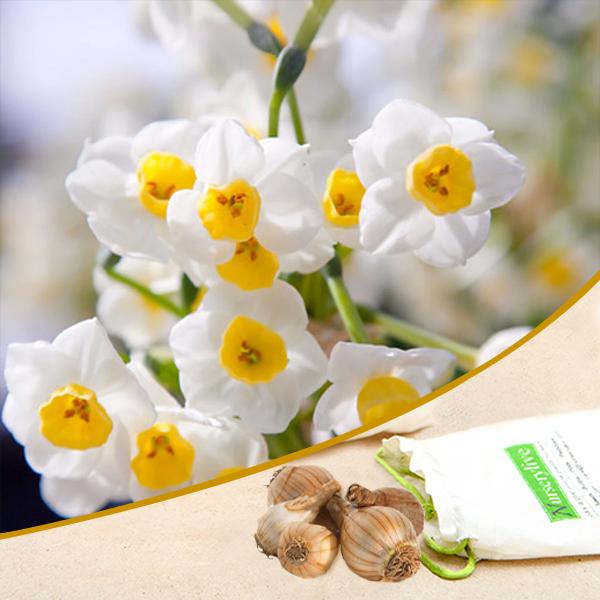
Ideal daffodil for you before going out to buy them. Daffodils come in a variety of colours and shapes. Smaller varieties known as 'Tete-a-Tete' thrive in containers.
Steps to Grow, Care and Maintain Daffodils:
It is quite simple to plant and grow them. They need full sun to full shade to thrive. They don't mind the type of soil as long as it's loose and well-drained. Before planting, deeply dig in lots of organic matter to aid drainage in thick soils.
Thoroughly water newly planted bulbs.
Fall and winter in many areas are wet or snowy enough to give moisture. If rain doesn't come, keep the plants properly hydrated until the foliage turns yellow. Summer moisture is unnecessary for plants.
Here’s how you plant Daffodils:
Here’s how you care for Daffodils :
Keeing these tips in mind, you will be able to maintain all the Daffodil cheer in your garden. Happy Gardening.
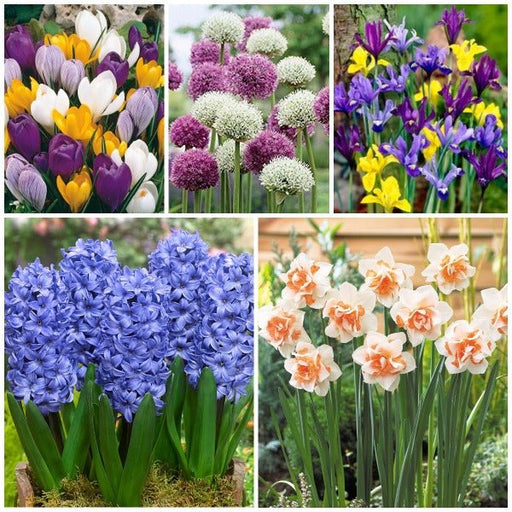 Sold out
Sold out
Amazing Flower Bulbs - 15 Bulbs Pack Transform your garden into a vibrant oasis with our Amazing Flower Bulbs pack, featuring a delightful...
View full details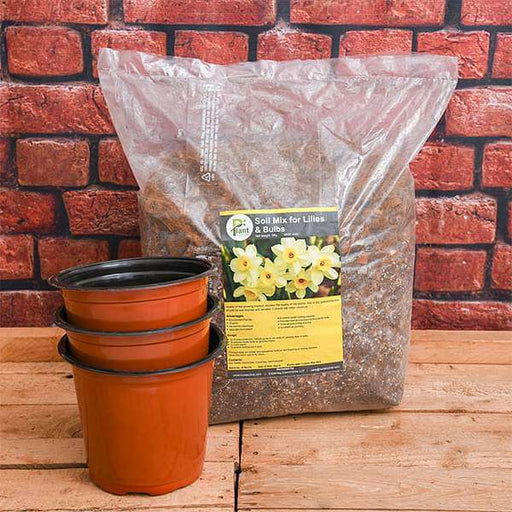
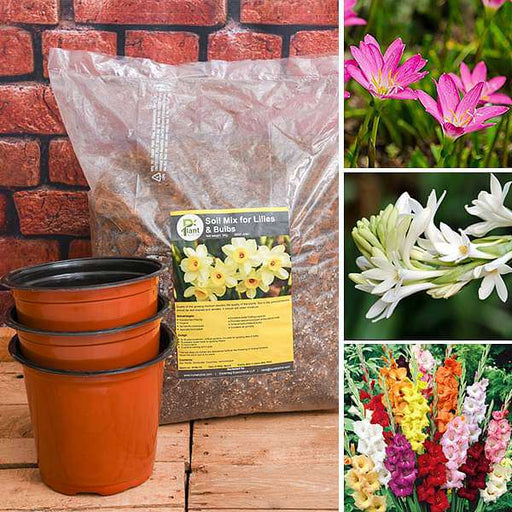
Best Flowering Bulbs - Garden Pack Transform your garden into a vibrant oasis with our Best Flowering Bulbs - Garden Pack. This carefully ...
View full details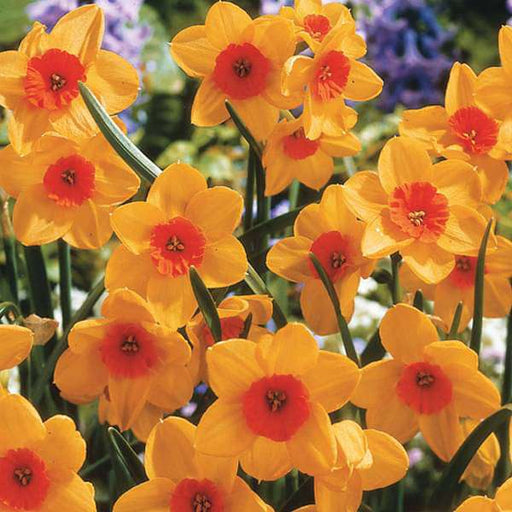 Sold out
Sold out
Daffodil (Orange) - Bulbs (Set of 5) Brighten your garden with our stunning Orange Daffodil bulbs! Known for their vibrant color and delig...
View full details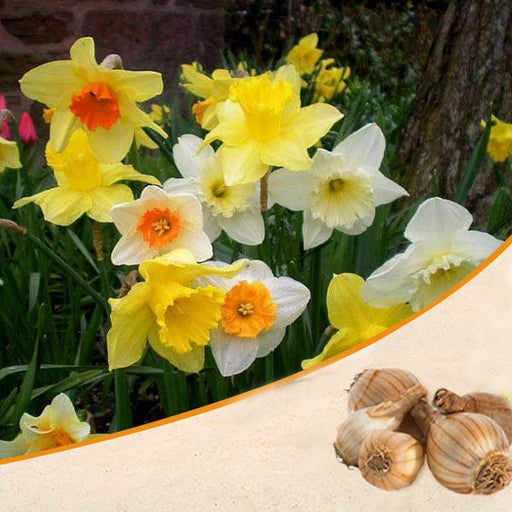 Sold out
Sold out
Daffodil (Random Color) - Bulbs Bring a burst of color to your garden with our Daffodil bulbs, available in a delightful random assortment...
View full details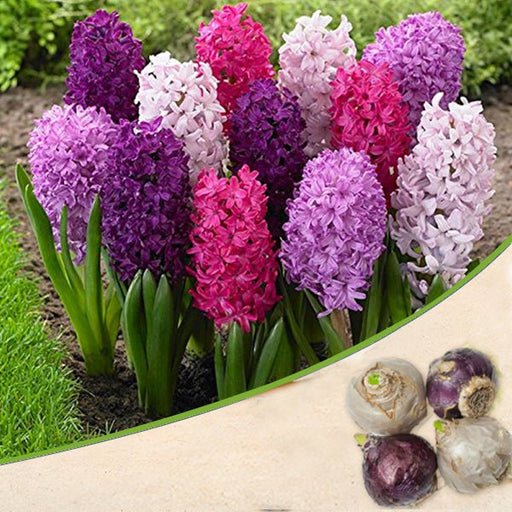 Sold out
Sold out
Hyacinth (Random Color) - Bulbs Transform your garden into a vibrant spectacle with our Hyacinth bulbs, available in a delightful random a...
View full details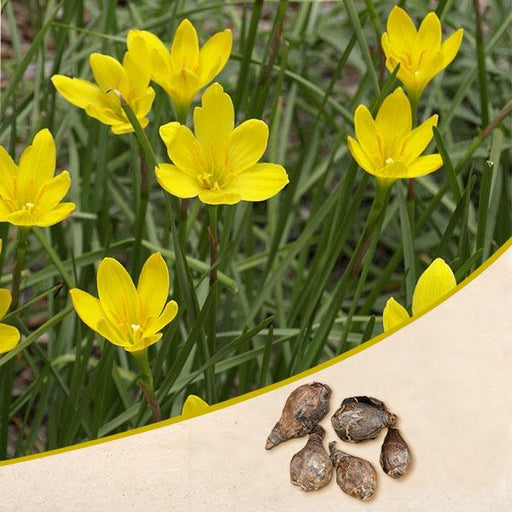
Zephyranthes Lily, Rain Lily (Yellow) - Bulbs (Set of 10) The Zephyranthes Lily, commonly known as the Rain Lily, is a stunning addition t...
View full details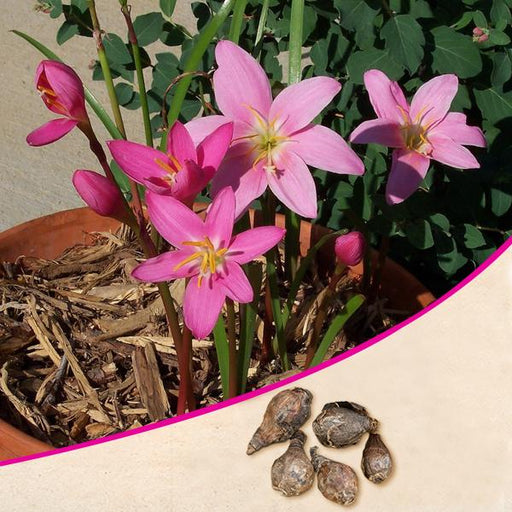
Zephyranthes Lily, Rain Lily (Pink) - Bulbs (Set of 10) The Zephyranthes Lily, commonly known as the Rain Lily, is a stunning addition to ...
View full details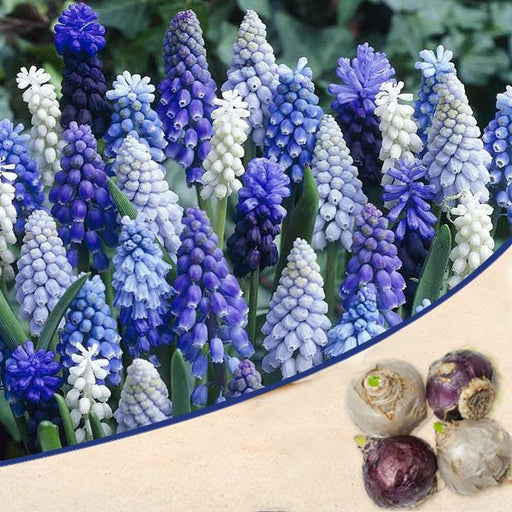 Sold out
Sold out
Muscari, Grape Hyacinth (Random Color) - Bulbs The Muscari, commonly known as Grape Hyacinth, is a charming perennial bulb that brings a b...
View full details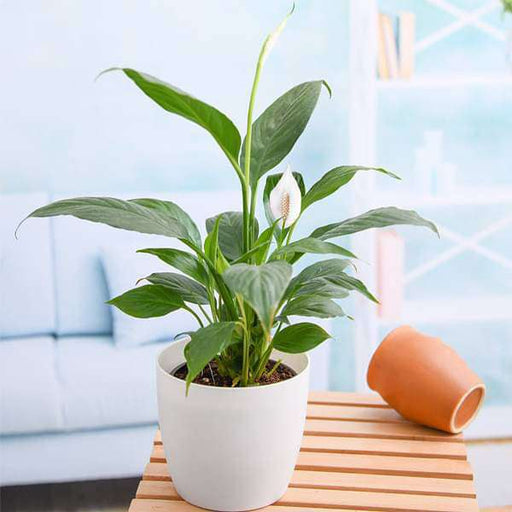
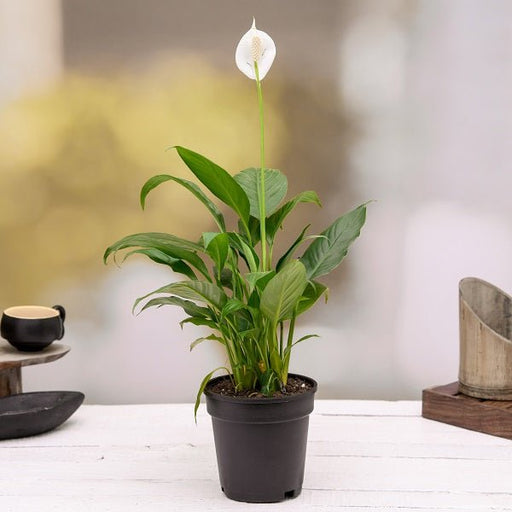 Save up to 15%
Save up to 15%
Peace Lily, Spathiphyllum - Plant The Peace Lily, scientifically known as Spathiphyllum, is a stunning houseplant celebrated for its elegant white...
View full details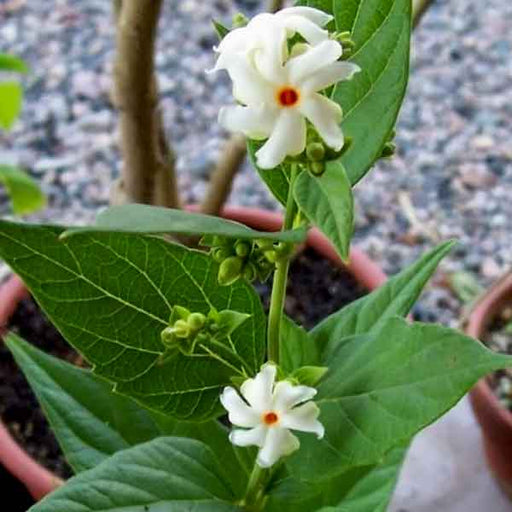
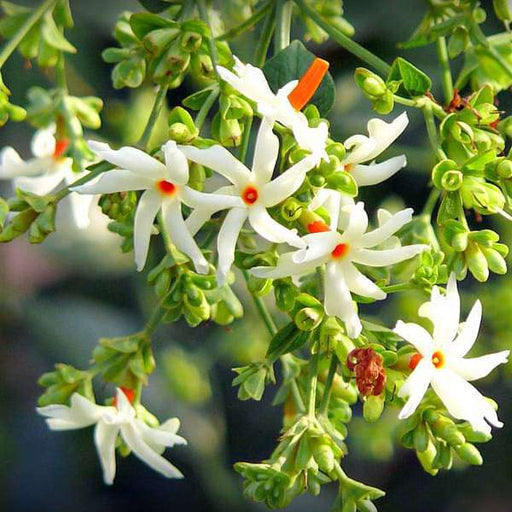 Save 18%
Save 18%
Combo Constituents Includes the Parijat Tree (Night-Flowering Jasmine), a culturally significant plant with fragrant flowers. Description The Pari...
View full details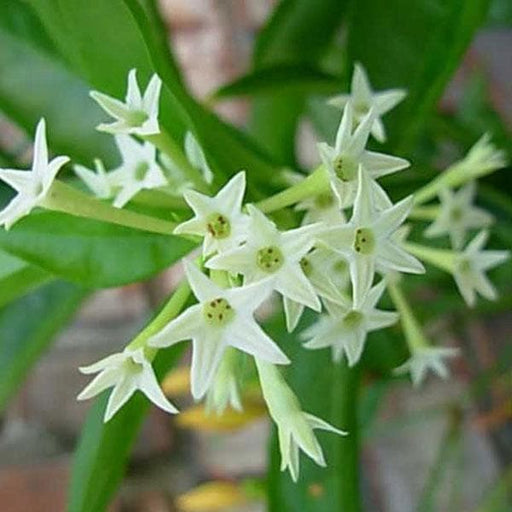
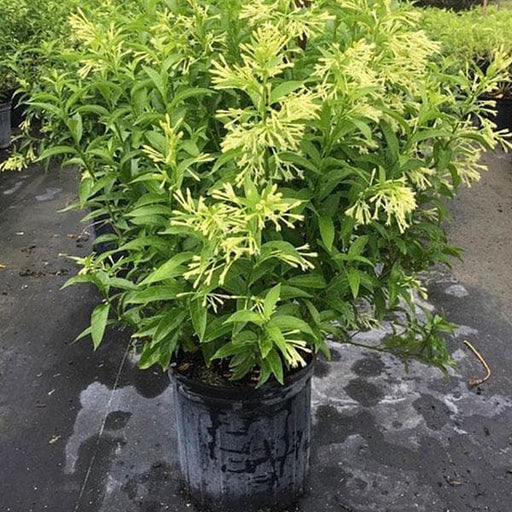 Save 25%
Save 25%
Description Raat Ki Rani (*Cestrum nocturnum*), also known as Night Blooming Jasmine, is a fragrant shrub native to the Caribbean and Central Ameri...
View full details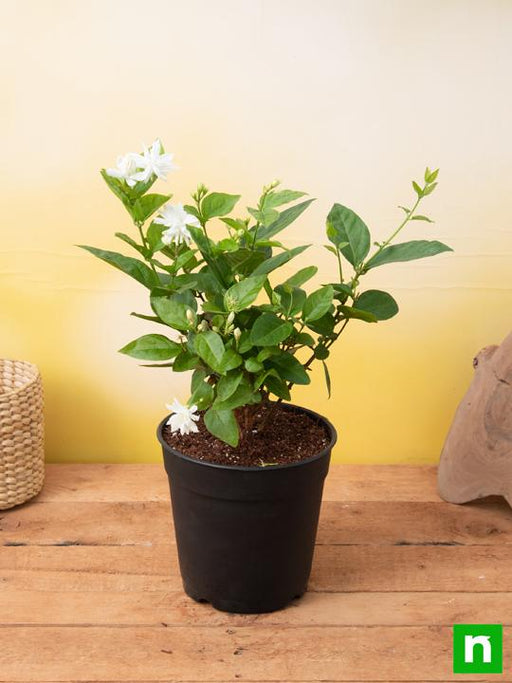
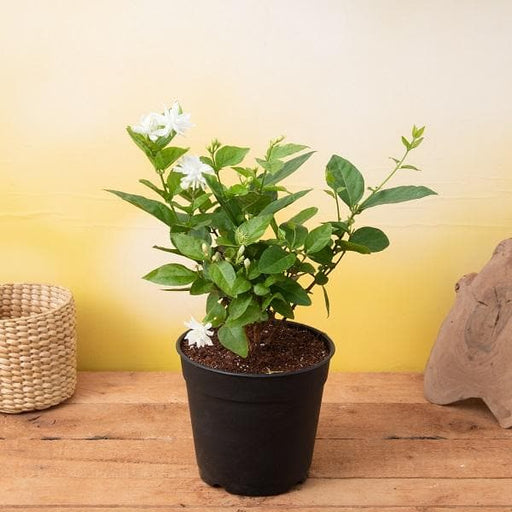 Save 25%
Save 25%
Jasminum sambac, Mogra, Arabian Jasmine - Plant Jasminum sambac, commonly known as Mogra or Arabian Jasmine, is a fragrant flowering plant...
View full details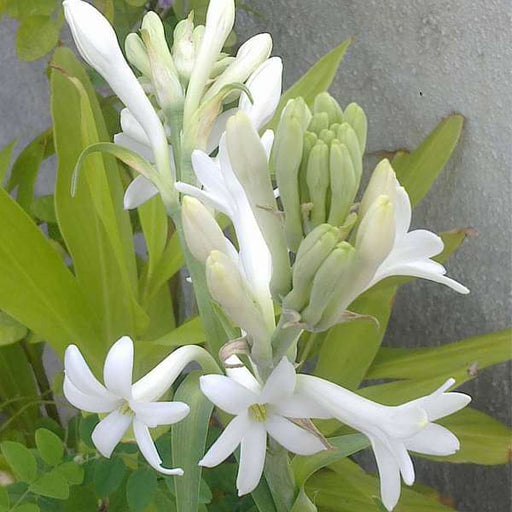
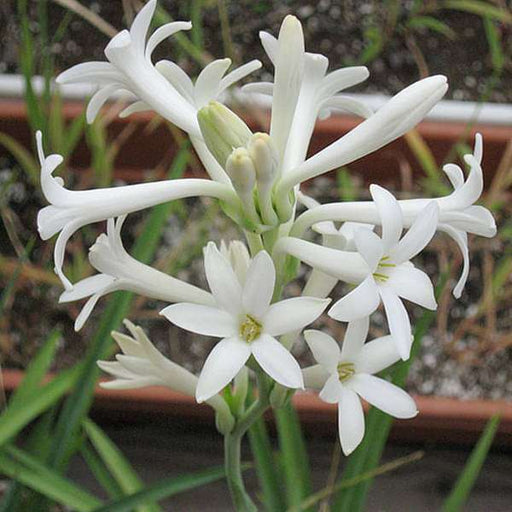 Save 17%
Save 17%
Rajnigandha, Tuberose - Plant The Rajnigandha, scientifically known as Polianthes tuberosa, is a captivating perennial plant renowned for ...
View full details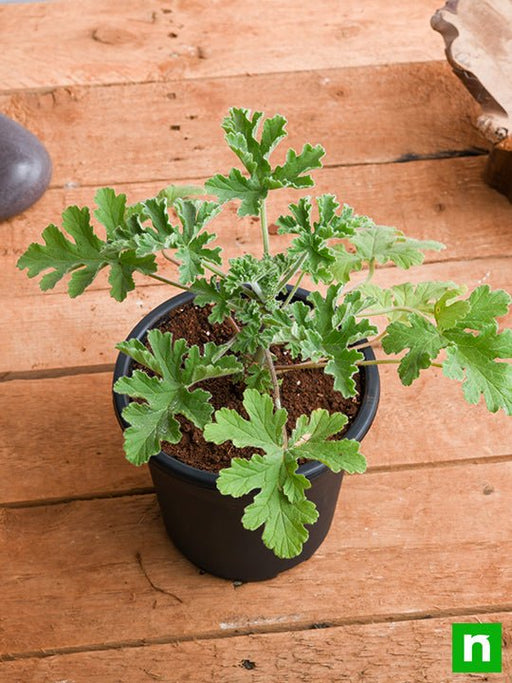
 Sold out
Sold out
Citronella, Odomas - Plant The Citronella plant, scientifically known as Cymbopogon nardus, is a tropical grass renowned for its aromatic ...
View full details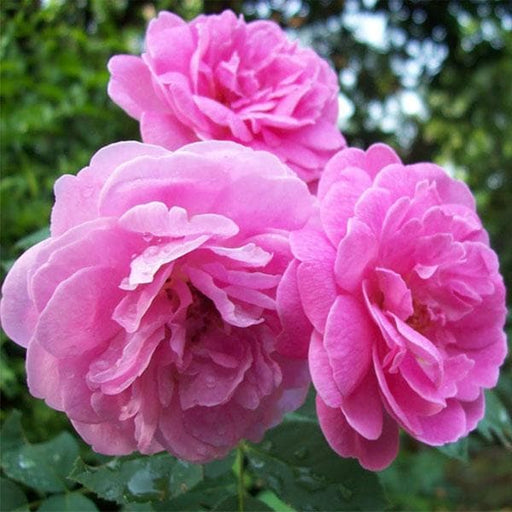 Save 25%
Save 25%
Damascus Rose, Scented Rose (Any Color) - Plant The Damascus Rose, also known as Rosa damascena, is a timeless symbol of beauty and romanc...
View full details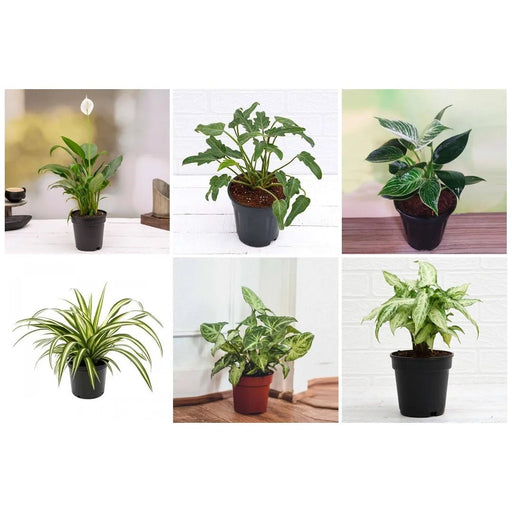
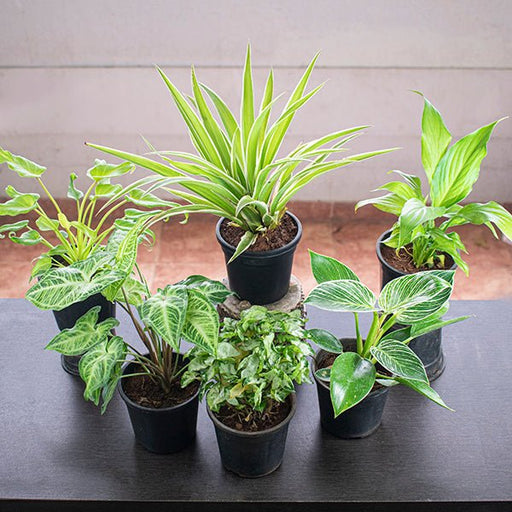 Save 35%
Save 35%
Best 6 Plants for Perfect Indoor Garden Transform your living space into a lush oasis with our curated collection of the Best 6 Plants for a...
View full details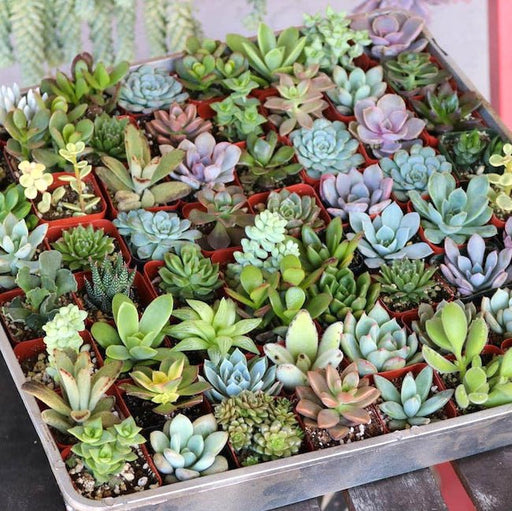
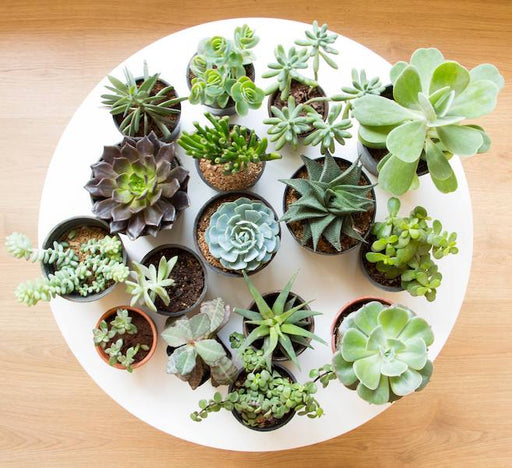 Save up to 50%
Save up to 50%
Mini Succulent Garden Pack Transform your space with our Mini Succulent Garden Pack, featuring a delightful collection of 4 any variety beautiful s...
View full details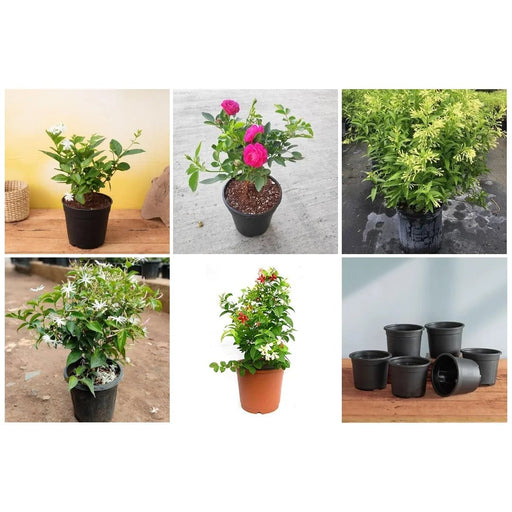
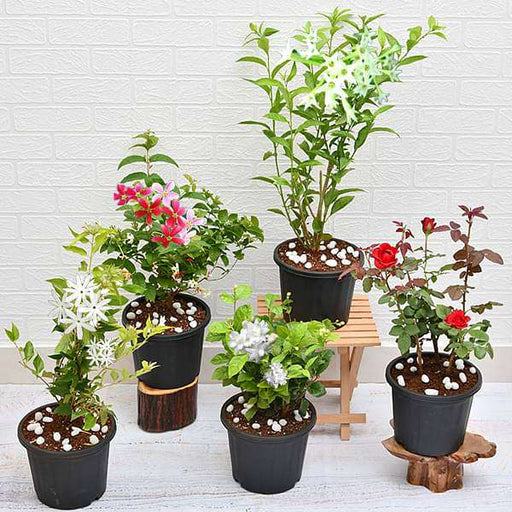 Save 30%
Save 30%
5 Best Fragrant Plants Transform your garden or indoor space into a fragrant paradise with our curated selection of the 5 Best Fragrant Plants. Th...
View full details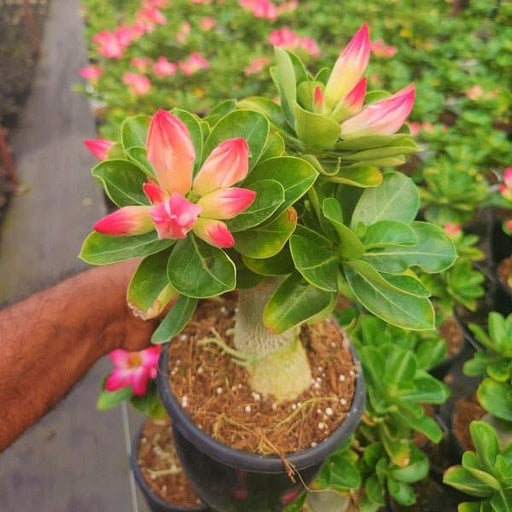
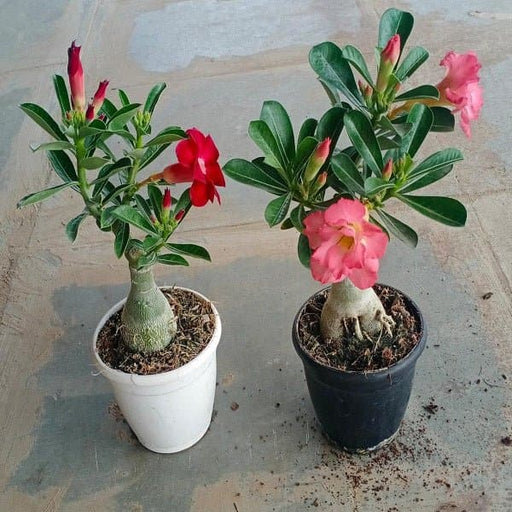 Save 24%
Save 24%
Set of 2 Bonsai Looking Grafted Adeniums Transform your indoor or outdoor space with our exquisite Set of 2 Bonsai Looking Grafted Adenium...
View full details Save 45%
Save 45%
Top 4 Die Hard Succulents Pack Transform your indoor or outdoor space with our Top 4 Die Hard Succulents Pack, featuring a curated selecti...
View full details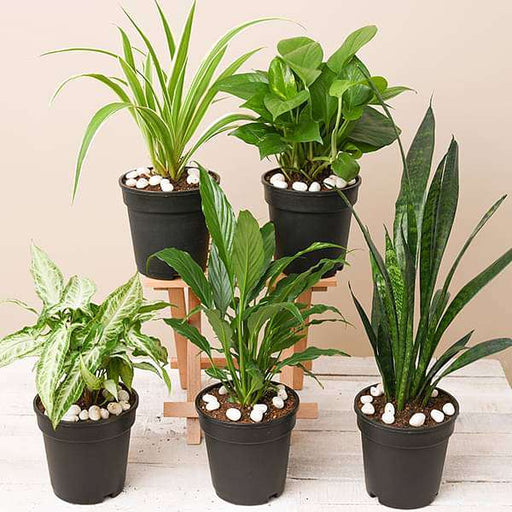
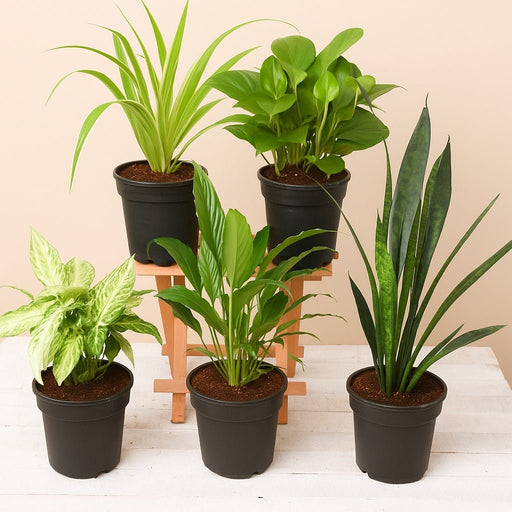 Save 30%
Save 30%
5 Best Indoor Plants Pack Transform your living space into a lush oasis with our '5 Best Indoor Plants Pack.' This carefully curated collection fe...
View full details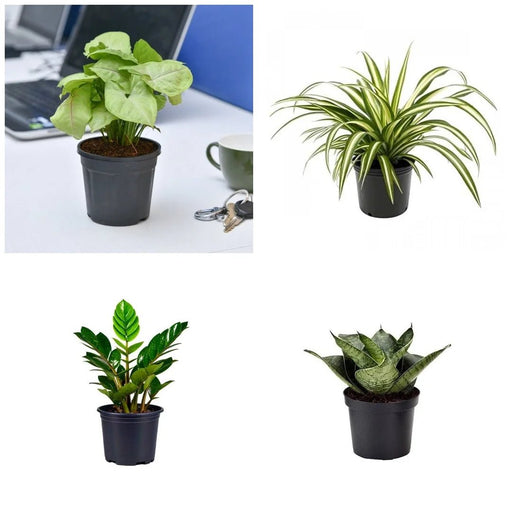
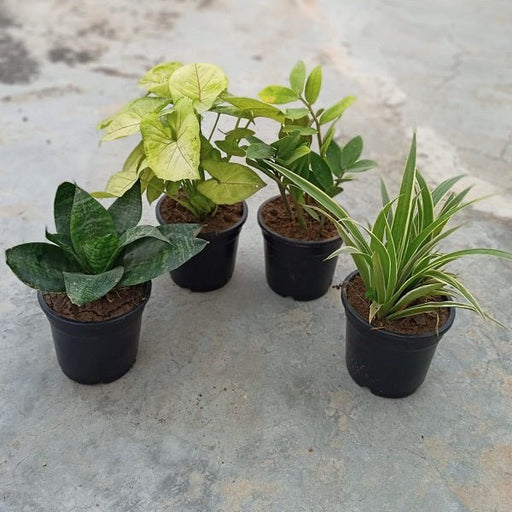 Save 25%
Save 25%
Set of 4 Evergreen Air Purifier Plant Pack Transform your indoor space into a lush, green oasis with our Set of 4 Evergreen Air Purifier Pla...
View full details
Leave a comment